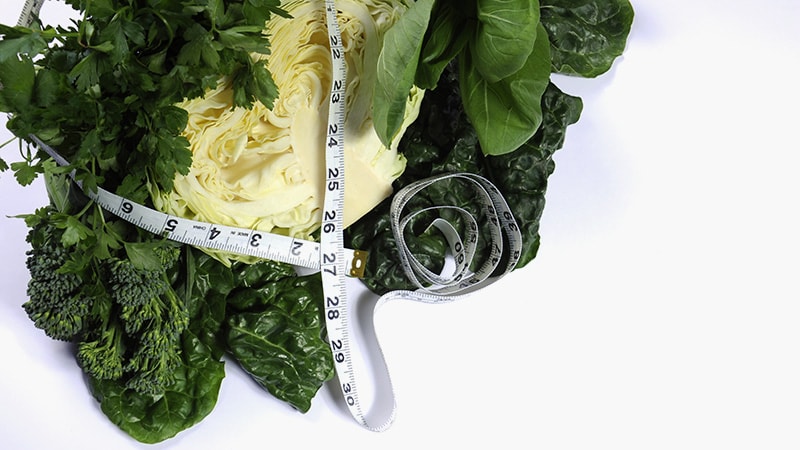TOPLINE:
A diet rich in green, leafy, cruciferous, and colorful vegetables may improve glucose tolerance and insulin sensitivity, whereas a high intake of potato fries or chips may worsen these outcomes, an Australian study shows.
METHODOLOGY:
- Researchers assessed the association between the intake of vegetables and potatoes with markers of type 2 diabetes (T2D) in 8009 participants (median age, 52 years; 55% women) from the Australian Diabetes, Obesity and Lifestyle Study.
- A self-administered 74-item food frequency questionnaire was used to assess participants’ eating habits over 12 months prior to baseline.
- Participants were categorized into four quartiles of vegetable intake, from the highest intake (Q4) to the lowest intake (Q1).
- The association between vegetable intake and various metabolic markers such as fasting plasma glucose (FPG), 2-hour post-load plasma glucose, updated homeostasis model assessment of beta cell function (HOMA2-%beta), HOMA2 of insulin sensitivity (HOMA2-%S), and fasting insulin were evaluated over a 12-year follow-up period.
TAKEAWAY:
- The post-load glucose was 3% lower in participants in the highest vs lowest quartile of total vegetable intake (ratio of means [RoM], 0.97; 95% CI, 0.96-0.99).
- Post-load glucose was 4% lower (RoM, 0.96; 95% CI, 0.95-0.98), HOMA2-%beta was 3% lower (RoM, 0.97; 95% CI, 0.96-0.99), and serum insulin was 5% lower (RoM, 0.95; 95% CI, 0.93-0.98) in those in the highest vs lowest quartile of green leafy vegetable intake.
- Those in the highest vs lowest quartile of potato fries or chips intake had 1% higher FPG, 3% higher HOMA2-%beta, and 8% higher serum insulin but 6% lower HOMA2-%S, revealing a negative impact on glucose tolerance and insulin sensitivity.
- The risk for T2D over 12 years was 26% and 25% lower among those in the highest and moderate quartiles of cruciferous vegetable intake, respectively, than among those in the lowest quartile of cruciferous vegetable intake.
IN PRACTICE:
The authors wrote that their study “sheds light on the physiological alterations in insulin regulation and glucose tolerance resulting from higher vegetable and subgroups of vegetable intake and supports the notion that vegetable subgroups may act differently in regulating insulin and blood glucose levels.”
SOURCE:
The study was led by Pratik Pokharel, MPH, Nutrition & Health Innovation Research Institute, School of Medical and Health Sciences, Edith Cowan University, Perth, Australia, and was published online in The Journal of Clinical Endocrinology & Metabolism.
LIMITATIONS:
The study’s observational nature precluded the inference of causality. Potential measurement errors in dietary exposures and recall bias linked to the food frequency questionnaire could have affected the findings. The overrepresentation of participants from higher education and socioeconomic subgroups and loss to follow-up could limit the generalizability of the findings.
DISCLOSURES:
The study was funded by the National Health and Medical Research Council, National Heart Foundation of Australia, and Royal Perth Hospital Medical Research Foundation. Several authors reported receiving grants from various sources during the conduct of this study. The other authors reported no conflicts of interest.

